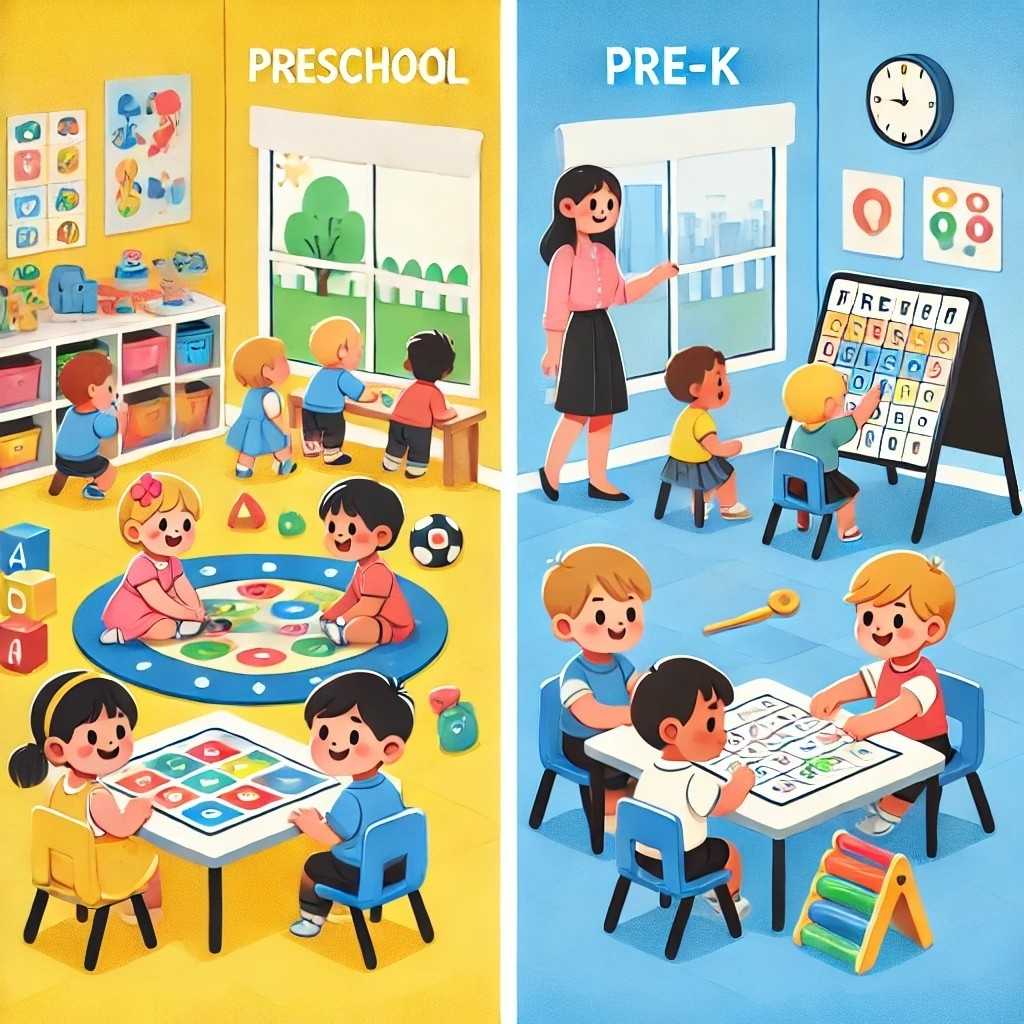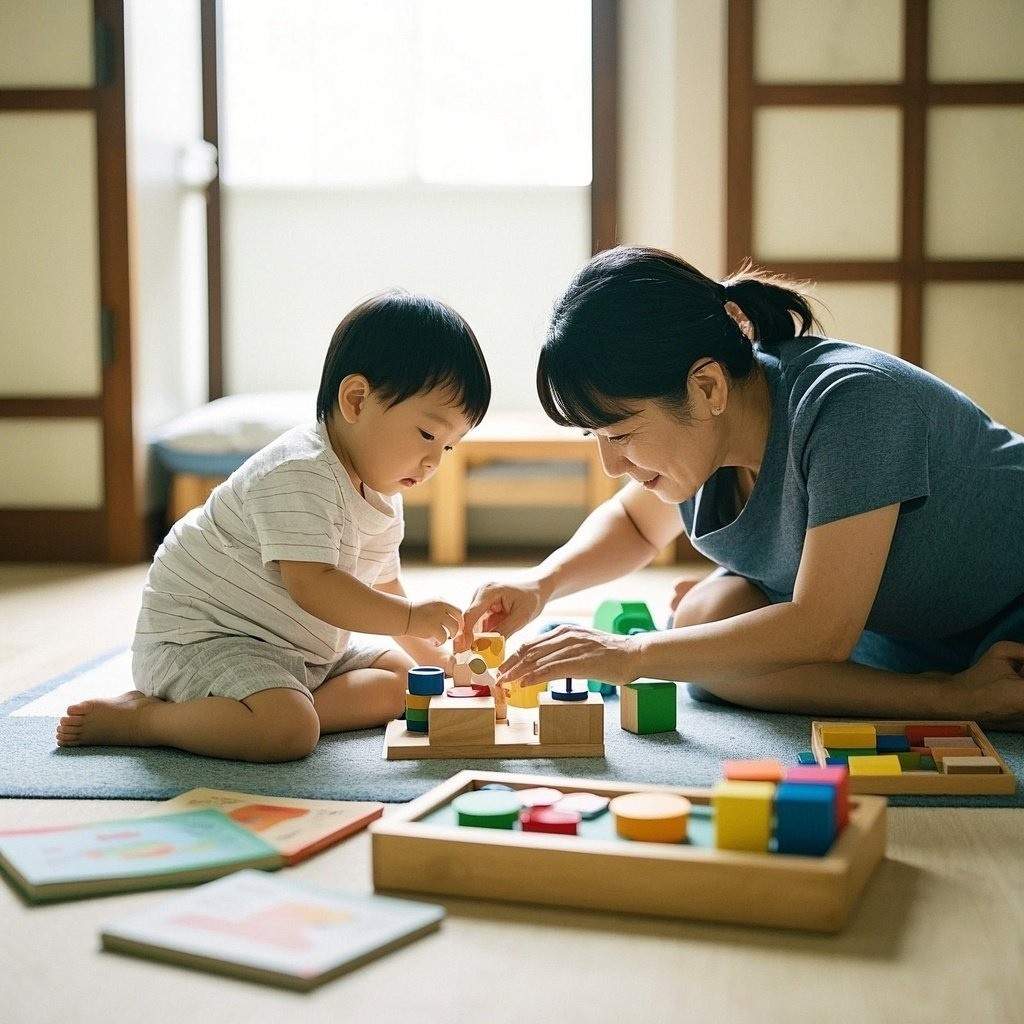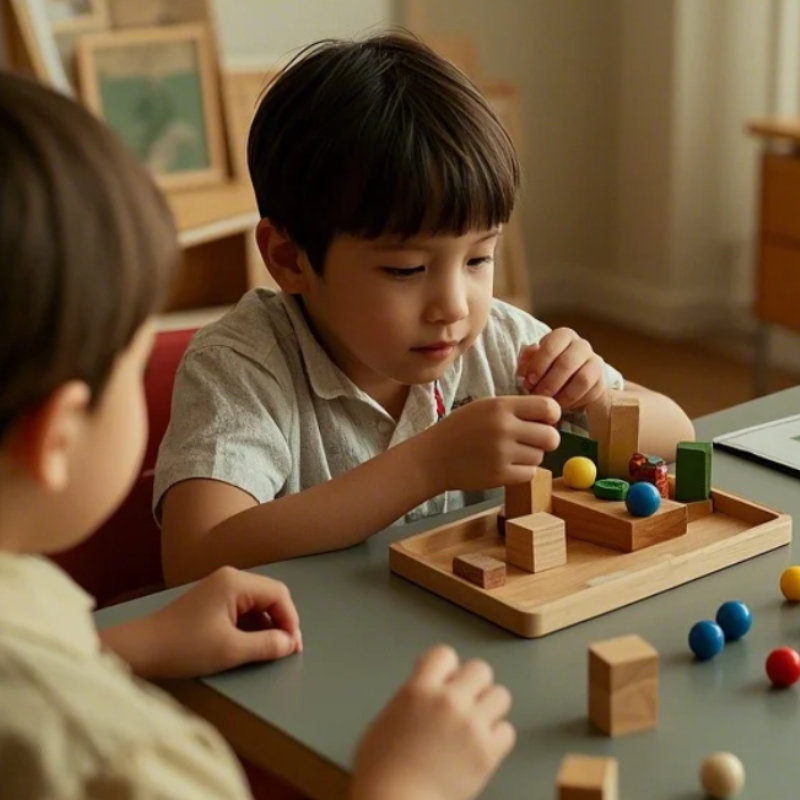In the digital age we live in, screens are everywhere. From smartphones and tablets to laptops, TVs, and even smart fridges, screens have become an almost inseparable part of our everyday lives. While technology has brought incredible conveniences and learning opportunities, it also brings challenges—especially for parents. One of the most common modern parenting dilemmas is how to talk to children about screen time, particularly when it starts feeling like “too much.”
If you’ve ever found yourself worrying about how often your child is glued to a screen—whether it’s watching YouTube videos, playing games, scrolling through social media, or binge-watching shows—you’re not alone. Many parents grapple with this. But how do you approach this conversation without causing conflict or defensiveness? How do you explain why screen time needs limits without sounding like you’re just being the “fun police”?
Let’s dive deep into this topic and explore some thoughtful, compassionate, and practical ways to talk to your child about screen time.
Step 1: Understand Before You Speak
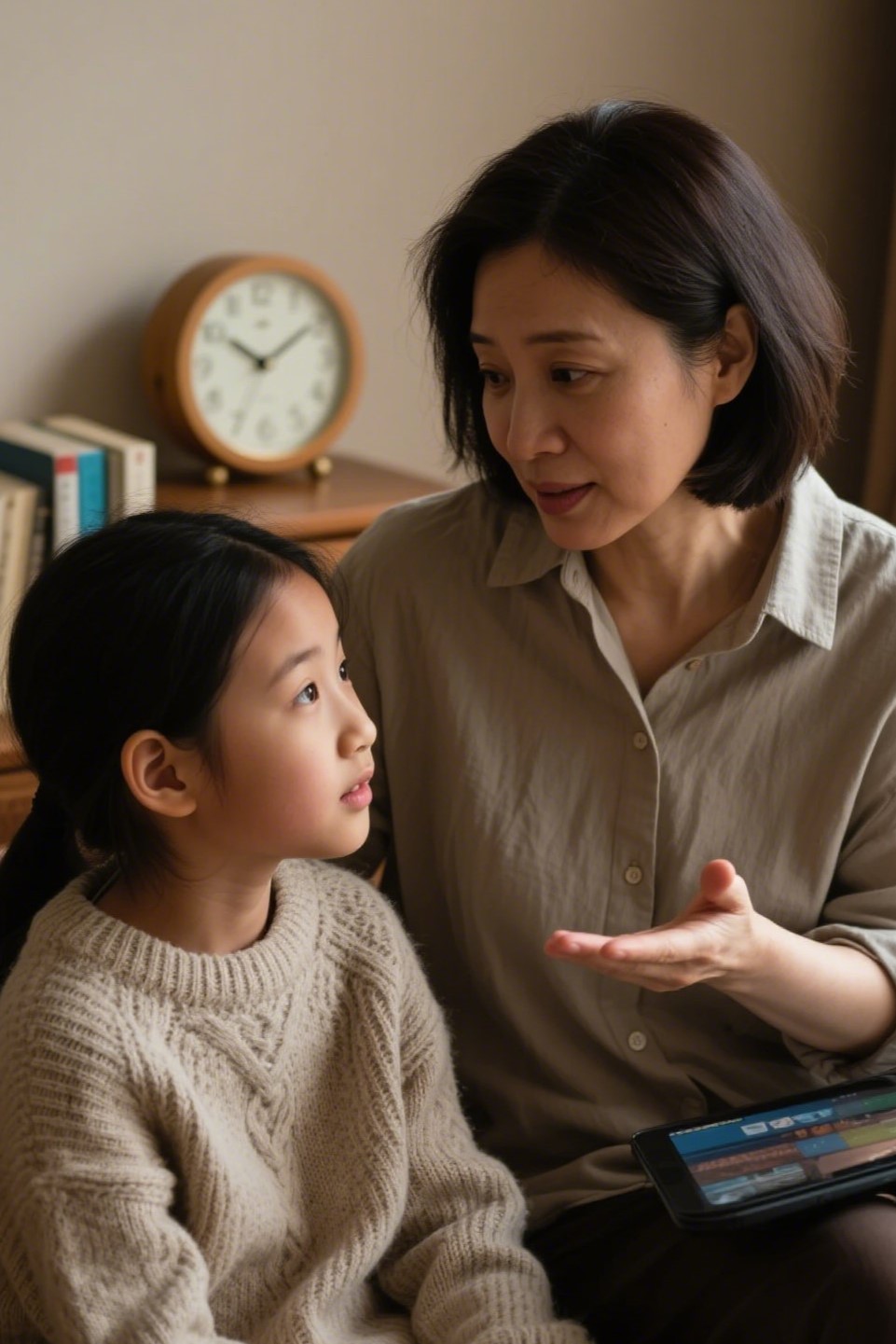
Before you begin any conversation about screen time with your child, take a moment to reflect. What is it that really concerns you? Is it the amount of time they’re spending on screens? The kind of content they’re consuming? The way they seem disconnected from the world around them?
It’s important to clarify your concerns, because a vague “too much screen time is bad” argument is unlikely to land with kids—especially older ones. They’re more likely to listen when you can clearly explain what worries you and why it matters.
Also, try to understand what screens mean to your child. Are they watching videos because they’re interested in a topic? Are they gaming because it’s a way to connect with friends? Are they turning to screens for comfort, or maybe even escape? By asking yourself these questions, you can approach the conversation with empathy and insight.
Step 2: Choose the Right Moment

Timing is everything. Starting a serious talk while your child is mid-game, eyes wide with digital adrenaline, is a recipe for resistance. Instead, pick a calm moment. Maybe during a walk, a car ride, or after dinner. The goal is to talk when emotions aren’t running high and there’s room for honest, open dialogue.
You could even start with a question:
“Hey, I’ve been thinking about how much time we all spend on screens lately—what do you think about that?”
This invites conversation rather than confrontation, and it shows that you’re open to hearing their perspective, not just enforcing your own.
Step 3: Make It a Two-Way Conversation

One of the most powerful ways to connect with your child about screen time is by listening. Yes, you have concerns, but take time to hear what they have to say. Ask them:
“What do you like most about being online?”
“Do you ever feel like screens get in the way of other things?”
“What would you find hard about cutting back?”
When children feel heard, they’re more likely to be receptive to change. It also gives you insight into what motivates their screen use, which can help you create healthier habits together.
Step 4: Be Honest, Not Alarming
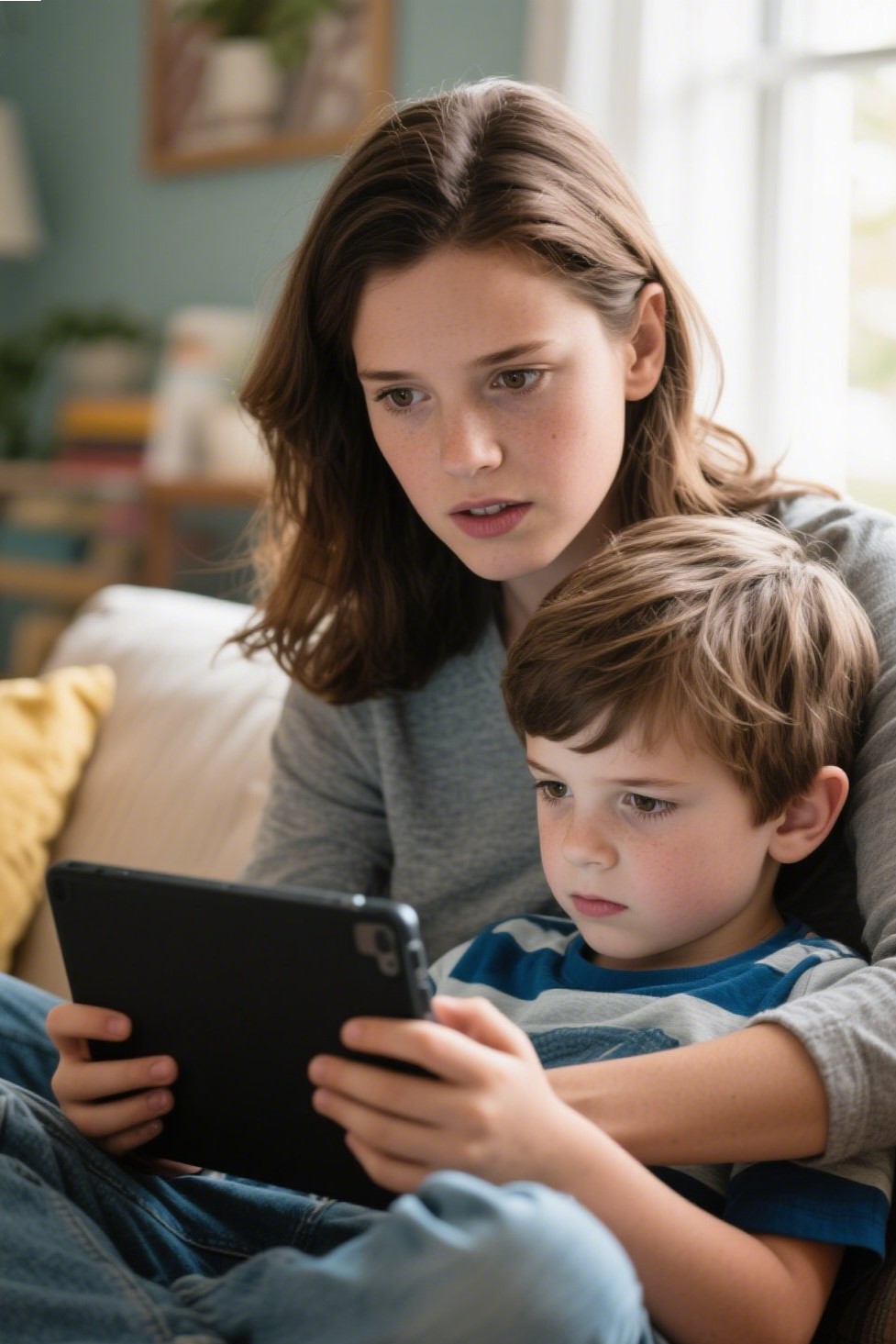
It’s tempting to resort to scare tactics: “Too much screen time will rot your brain!” But modern kids are often savvy and skeptical. Instead, explain the science and the balance. Tell them about how screen time affects sleep, attention, mood, and even relationships.
For younger children, you can use metaphors.
“Screens are like candy. A little bit is fun, but too much can make us feel sick.”
For older kids and teens, you might say:
“Our brains need variety. Too much time online can crowd out important stuff like sleep, exercise, and face-to-face time with people we care about.”
Frame it as a matter of health and balance, not good vs. bad.
Step 5: Set Goals, Not Just Limits

Instead of just enforcing a rule like “one hour of screen time a day,” try setting collaborative goals. For example:
“Let’s aim for one screen-free evening each week.”
“How about we all put our phones away during dinner?”
“Let’s spend 30 minutes outside together every day—then you can play your game afterward.”
This approach focuses on adding good habits rather than just subtracting screen time. It also helps kids feel more in control, which increases cooperation.
Step 6: Be a Role Model

Let’s be real—children learn far more from what we do than what we say. If you’re checking emails during dinner, scrolling through your phone during their stories, or falling asleep to Netflix every night, they’ll see that as the norm.
Model balanced screen habits yourself. Narrate your choices when appropriate:
“I’m putting my phone away now so I can really focus on this game with you.”
“Let’s watch one show, then go outside for a bit.”
Kids respect authenticity. Practicing what you preach gives your words weight.
Step 7: Offer Alternatives

It’s easy to say “get off your device,” but harder to offer a compelling alternative. If your child is expected to give up screen time, they’ll need something else to do—and ideally, something they enjoy.
Work with them to brainstorm alternatives:
- Board games
- Art projects
- Playing outside
- Reading together
- Building with Legos
- Trying out a new recipe
- Going for a bike ride
Sometimes kids default to screens because they’re bored. Help them rediscover the joy of analog fun.
Step 8: Be Patient—It’s a Process
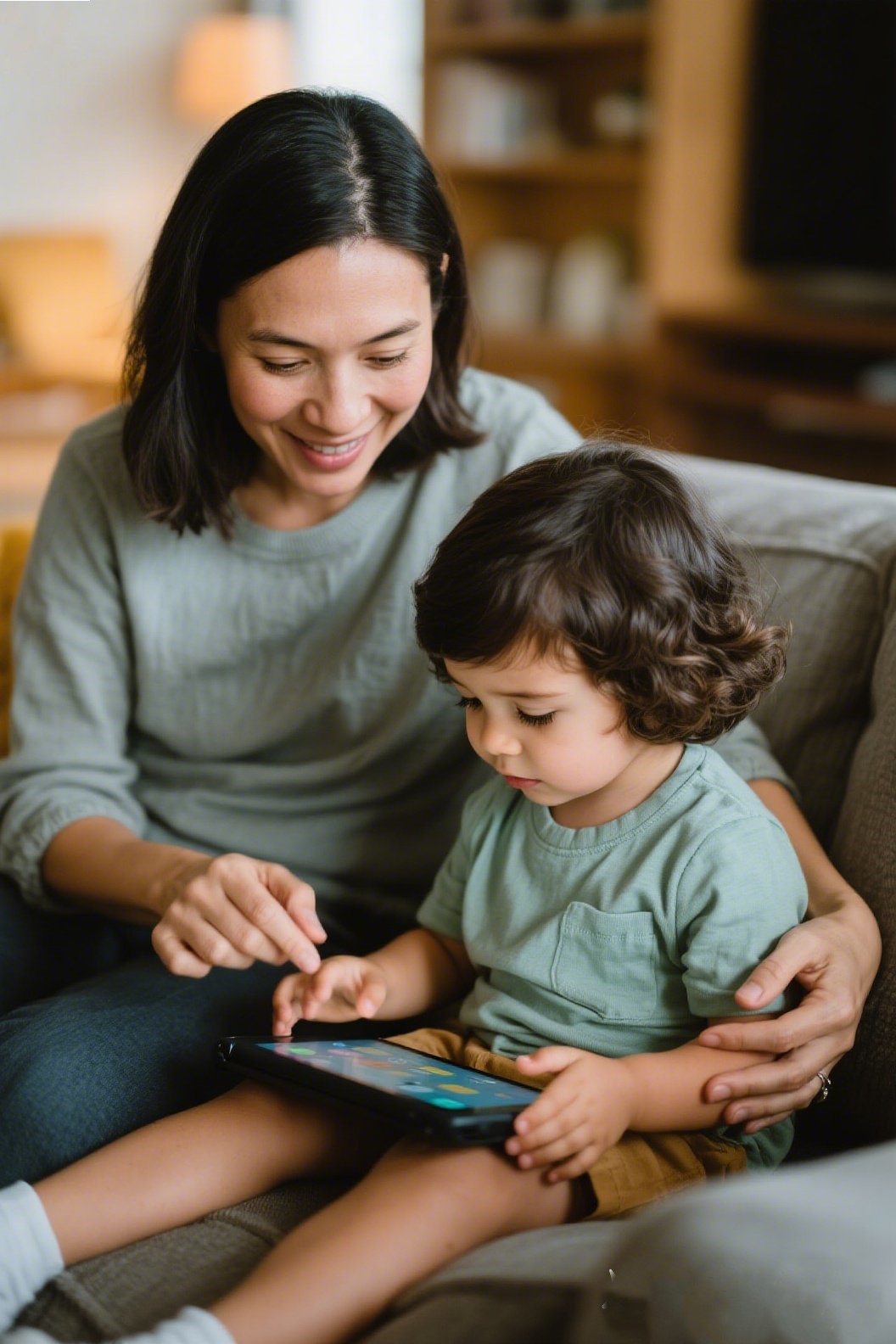
Like all parenting challenges, this isn’t a one-and-done conversation. Talking about screen time is part of an ongoing dialogue about health, boundaries, values, and self-regulation.
There will be missteps. There will be resistance. But if you keep showing up with curiosity, compassion, and clarity, your child will learn to navigate the digital world more mindfully.
Final Thoughts
Talking to your child about screen time doesn’t have to be a battle. It can be an opportunity—for connection, for growth, for learning how to live in a world full of distractions with intention and balance.
Remember, your goal isn’t to eliminate screen time altogether. It’s to raise a child who knows how to use technology wisely, responsibly, and in moderation. And that starts with honest conversations, mutual understanding, and a whole lot of empathy.
Let the screen-time talk be the beginning of something bigger: a stronger relationship between you and your child, built on respect, communication, and shared goals.


